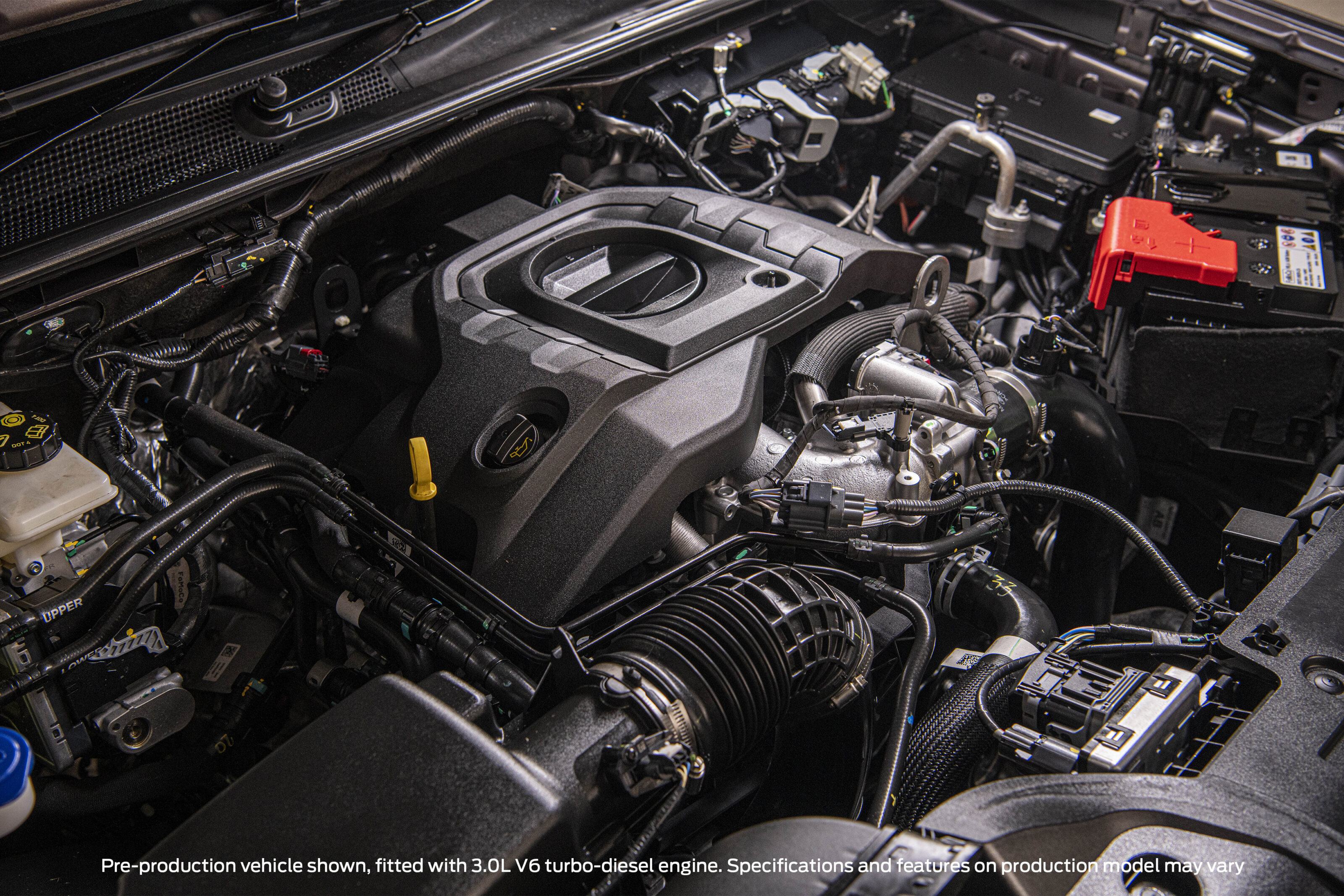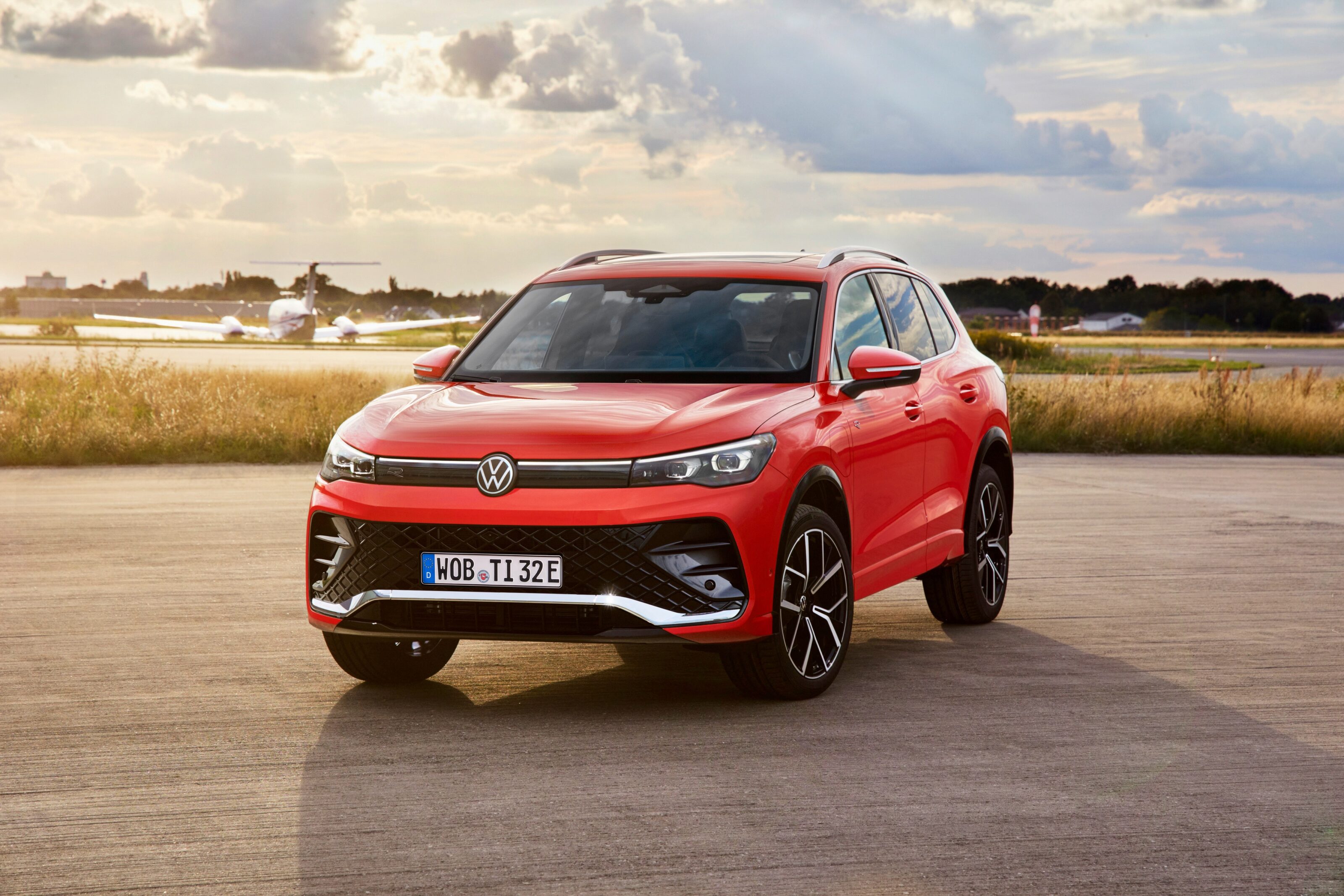The Ford Everest V6 will offer 3500kg towing when it arrives in the second half of 2022, but how did the Australian engineering team do it?
The 2023 Everest V6 will be the most powerful engine fitted to Ford’s seven-seater yet, but that alone wasn’t enough to achieve the ambitious targets that customer feedback had helped shape.
While the current models offer substantial ratings of 3000 kilograms for the 3.2-litre and 3100kg for the 2.0-litre bi-turbo, customers wanted an Everest capable of 3500kg, just like its leaf-spring Ranger stablemate and even further above the Toyota Prado’s 3000kg rating. The Isuzu MU-X stands out as an obvious rival on this front, though, managing the same 3500kg rating.

“We know that people have wanted 3500kg towing on an SUV, it’s been one of the things we’ve wanted to do for a while, but we were restricted by, honestly, the cooling performance of the outgoing Everest because of the front-end,” said T6 platform chief, Ian Foston.
“Cooling was a big thing unless we had this big front-end opening, we couldn’t get the cooling for the towing. It’s all part of the grand plan on the platform really – to get better capability.”
Part of that cooling change came from the front-end being ‘hydroformed’, a process that reduces weight for the same strength in the manufacturing process through greater precision. It also reduces manufacturing cost and complexity too.

“Before, you had a very restrictive front end for crash [testing/rating] – now what we’ve done with the hydroform, the poles come out from the dash and then they come around – we call them elephant’s ears – that houses all the big things,” says Foston.
“The lamps hang off it, all the cooling pack hangs off it – so it’s opened the front end to make kind of a spaceframe structure. It takes away all the restrictions on where you put things.”
That enables a host of changes that made the 3500kg goal achievable, says Foston. “Cooling, brakes, frame, rear axle – they were the main things in terms of upgrades. It’s the basic same system, [but] the tube, the actual casing, is slightly thicker and reinforced in certain places. Brakes have been upgraded as well, same as on Ranger.”

The new Everest’s platform itself is not new, but a heavily upgraded version of the T6 platform it shares with Ranger and Bronco. In fact, Bronco development helped in making the new Everest a more capable vehicle, including its tow rating.
“That’s the beauty of doing the platform development at the same time; the building blocks before when we did Ranger, and then the Everest, we added small bits on,” said T6 Chief Platform Engineer Ian Foston. “This time, we got to do it all at the same time, which gave us that flexibility to match the variants and combinations on the same platform, so it really helped.”
That capability extends beyond the tow-rating itself to the real-world user experience, which not only includes a ‘Tow Haul’ setting in the new Everest’s six selectable drive modes, but additional hardware and software, says Pritika Maharaj, T6 global program manager.

“We now have integrated trailer brakes – we’ve also got a lot of additional features that incorporate the trailer, so you can set up through your centre screen all of your trailer dimensions and it then manages the BLIS with your trailer. So rather than it just covering your vehicle, it covers both.”
Even things such as a trailer light check have been catered for. “It’ll run through and do a full check,” said Maharaj. “So you can press your button, move to the rear of the trailer, and it will do a cycle five times through of all the lights so you can check without having to have a back-up person.”
The new Ford Everest is scheduled to go on sale in Australia in the second half of 2022, with pricing and additional details yet to be announced.





